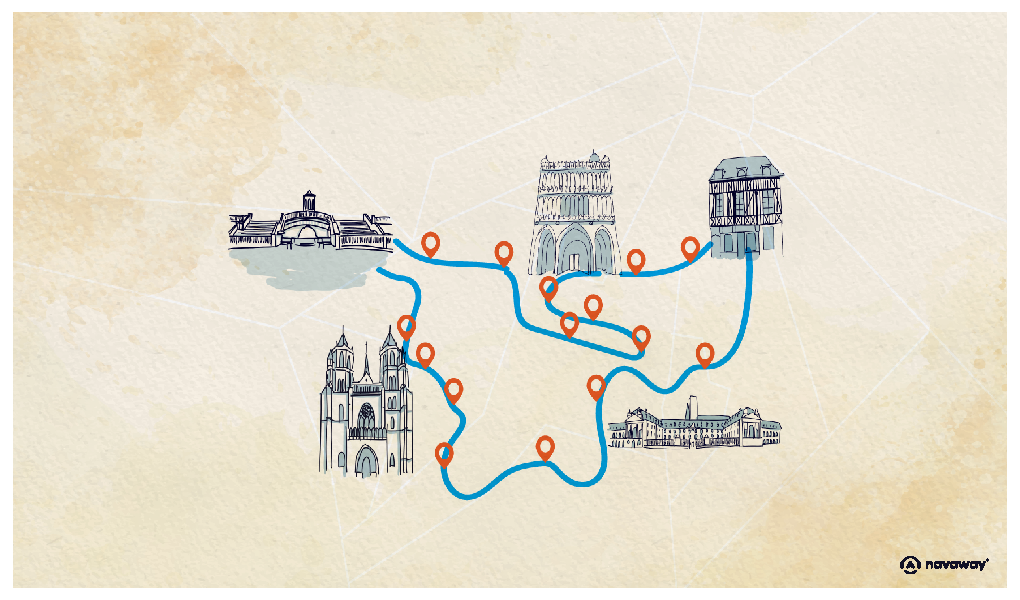
The Dukes of Burgundy
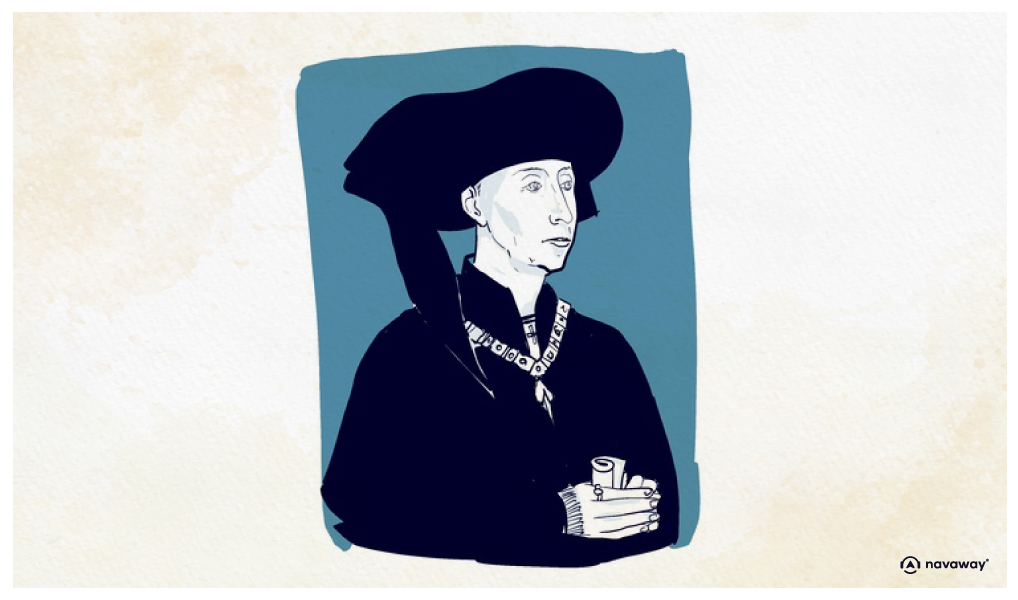
This point of interest is available as audio on the tour: Visit Dijon, Capital of Burgundy
Now that we’ve reached the historic centre, let’s get down to business. The history of Dijon is inextricably linked to the history of France, thanks to the presence and reign of the powerful Dukes of Burgundy. And we’re talking about a reign that rivalled that of the King of France himself. Well, let’s review all this. If possible, have a seat, because the story is long, despite being fascinating. So who were the Dukes of Burgundy? Once upon a time, there was the Kingdom of Burgundy, the former Burgundian kingdom, which stretched from Avignon to Langres, above Dijon. Charlemagne, who became Emperor in 800, unified all the territories of the Franks, but the kingdom of Burgundy retained its unity under his reign and that of his son. Everything changed when Charlemagne’s grandsons, Charles II the Bald and Louis the Pious, divided the empire between West Francia and Middle Francia. The problem was that in this process Burgundy got split in two as well. The County of Burgundy, which would later become Franche-Comté, and the Duchy of Burgundy, were created. From then on, the duchy was governed successively by different dynasties including the Bosonids, the Robertians, the Capetians and finally the Valois, who left a lasting mark in history. Two years later, the king gave control of the duchy to his son, Philip the Bold, the first Duke of Burgundy from the House of Valois. His marriage to Marguerite III, the wealthy heiress of the County of Flanders and many other territories, propelled him to become one of the most powerful figures in France. It was he who began construction of the magnificent Ducal Palace. He enriched Burgundy and turned it into a territory capable of rivalling the greatest kingdoms of Europe. On his death, his son John the Fearless, the king’s cousin, took over the duchy. Under his reign, the duchy grew even larger and more powerful. But what he wanted was to become King of France. To achieve this, he ordered the assassination of the Duke of Orléans, his cousin and brother of the King. This was to keep him in the race to the throne. However, his action led to a civil war between the Burgundians and the Armagnacs, who were with the king when he was murdered. His only son, Philip III of Burgundy, known as Philip the Good, took over at the age of 23. He wanted to avenge his father’s death and therefore made an alliance with the English against the King of France. Ultimately, the king regrets killing his father and lets him know this. Philip the Good then cancelled his alliance with the English. He made peace with the kingdom of France after years of conflict. He built the Philip the Good Tower and continued to expand his duchy, conquering the lands of Brabant, Picardy, Luxembourg and even Holland. When his son, Charles the Bold, took his place upon his death, the duchy was so powerful that he attempted to turn it into an independent kingdom. He decided to expand the territory by occupying Lorraine, but was killed when he tried to conquer Nancy. His only daughter became Duchess of Burgundy. She was only 20 and unmarried: the king took advantage of this and attacked her. He succeeded in recovering the States of Burgundy. The Duchess, Mary of Burgundy, then married Maximilian of Austria, a member of the Habsburg family, and transferred possession of several Burgundian territories to him, including what are now Belgium and the Netherlands. By doing so, she saved a number of territories. However, Burgundy surrendered to King Louis XI and joined the kingdom of France in 1482, despite the Duchess’s efforts to safeguard her territory as a whole. Nevertheless, Burgundy retained a certain unity and independence, as it retained its parliament, based in Dijon, until the French Revolution. In 1542, King Henry II created the Generality of Burgundy. Although it stayed under royal authority, It was regarded as an autonomous region. During the Revolution, France was divided into 86 departments, 4 of which were part of Burgundy: Côte d’Or, Nièvre, Saône-et-Loire and Yonne. The Burgundy region was officially created in 1982 by François Mitterrand. And that’s how, even after 2 millennia of history, Burgundy has managed to retain a strong identity, having competed for decades with the kingdom of France. To this day, Burgundy’s rich history can be seen in its monuments, its art and its culture, all of which were strongly influenced by the ambitious Dukes of Burgundy, who attracted some of the most influential people of their time. Four emblematic dukes turned this region into one of the most remarkable in Europe.


Discover Dijon with app
An interactive guide through the most beautiful streets, squares, and districts
24 fun audioguides full of historical facts, anecdotes, and legends
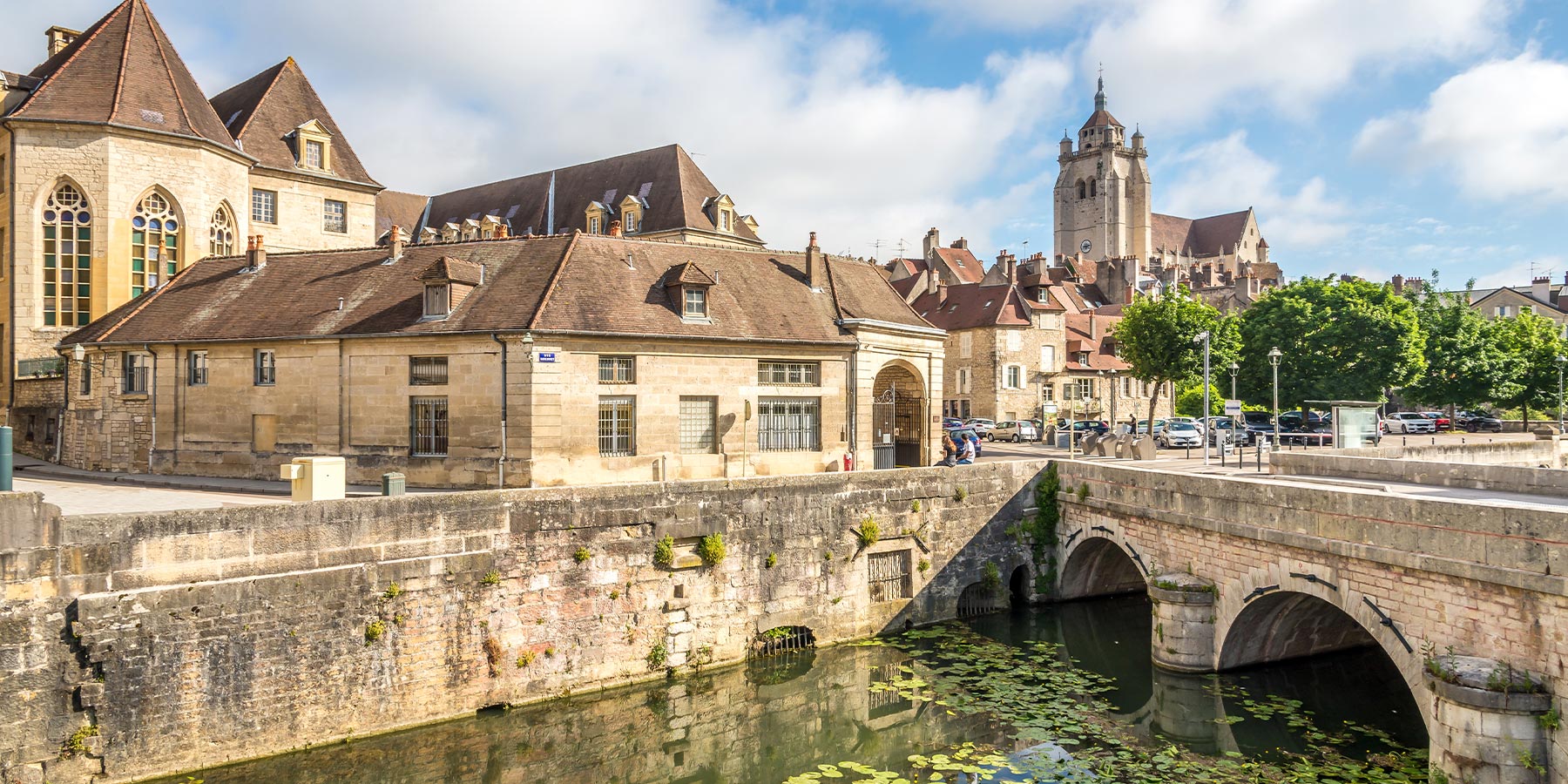
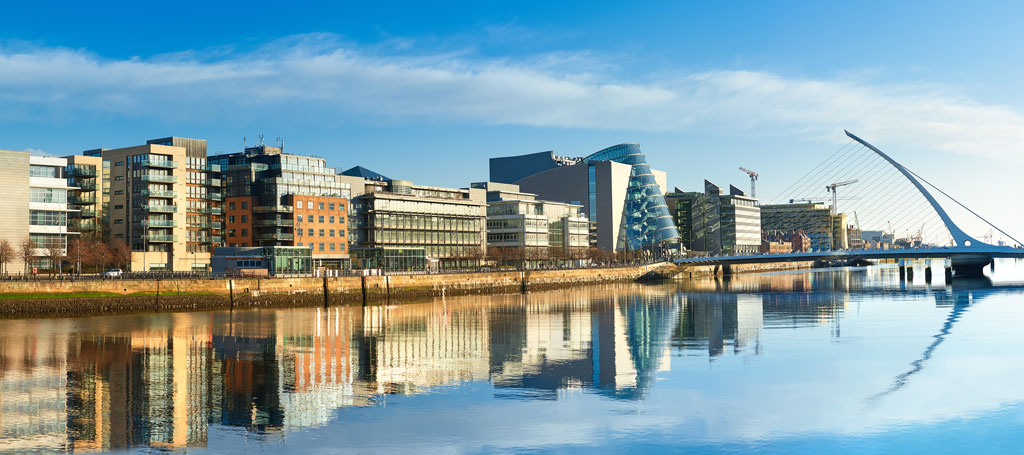
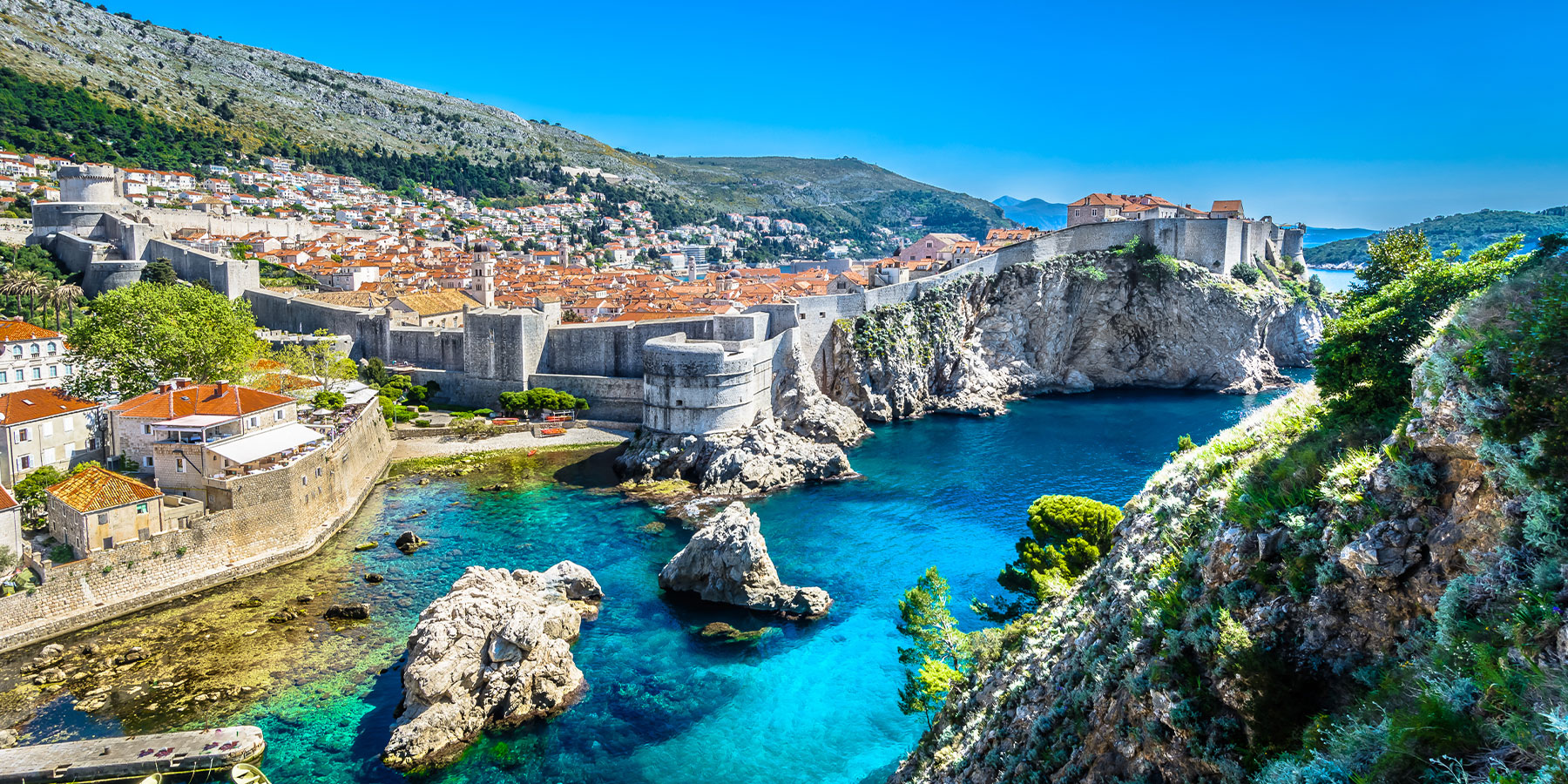


Comments